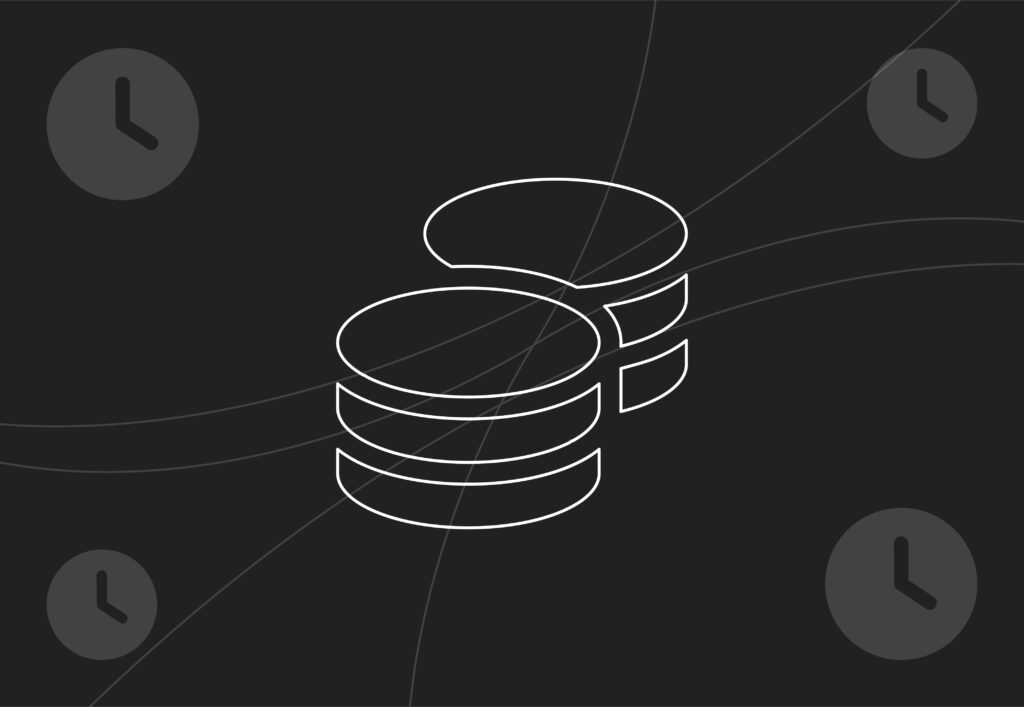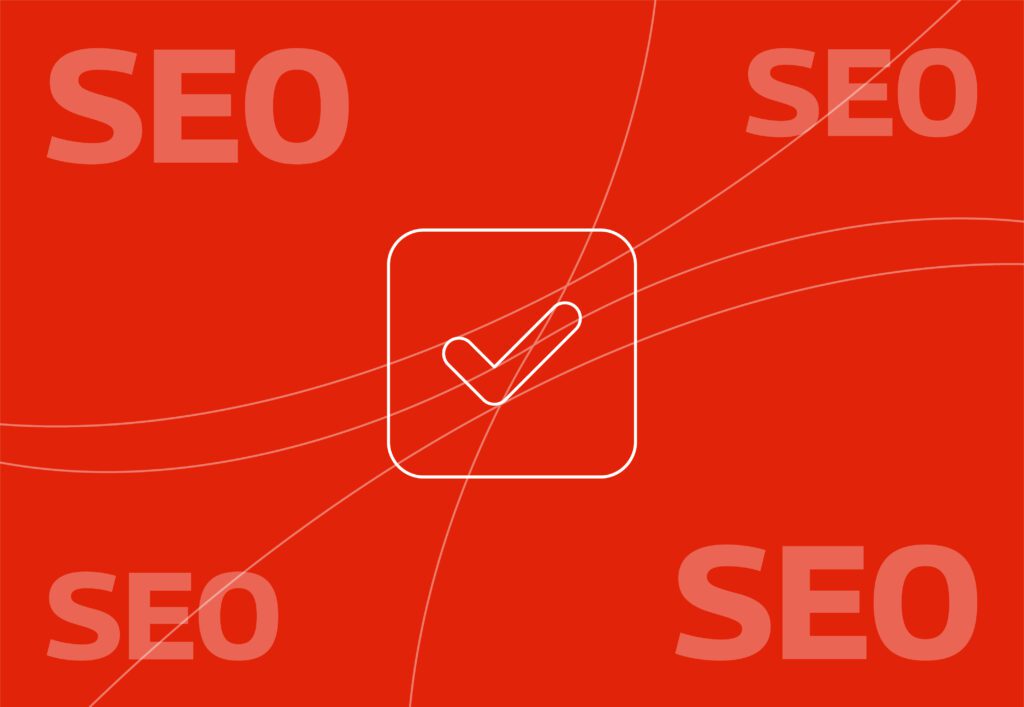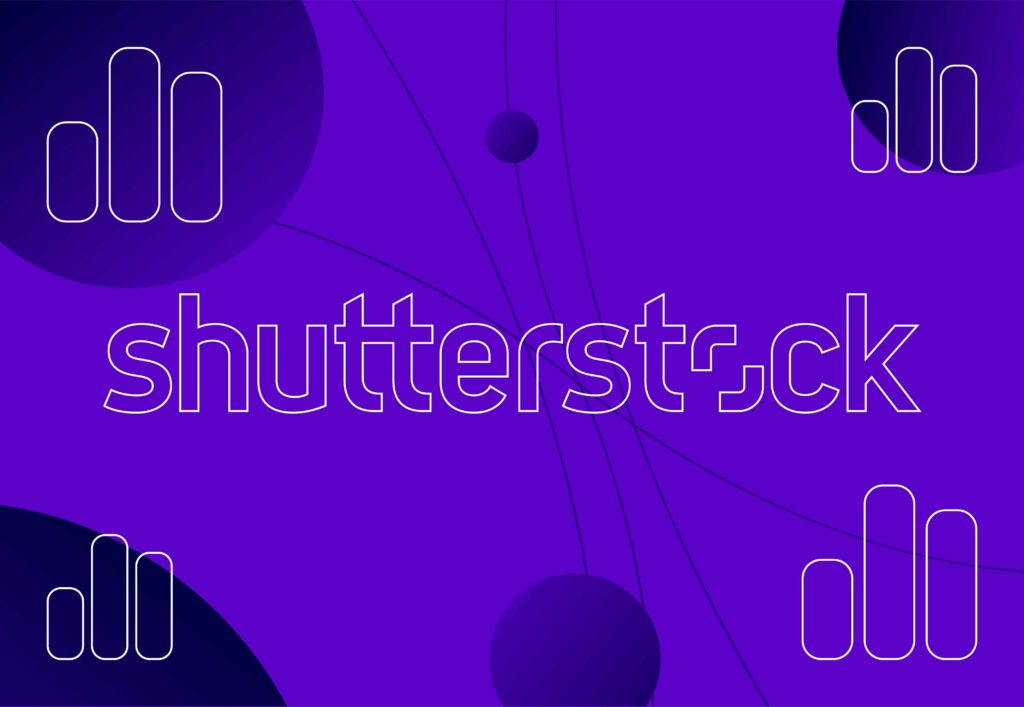
Stats about Shutterstock and the importance of good imagery

In today’s digital world, visuals are everything. A visually appealing image on social media or a stand-out photo on your website can make a difference in consumer decision-making; 75% of online shoppers say that photos influence their buying decisions. Therefore, it is important to choose the right images to achieve your goals.
Shutterstock is a leading global provider of images, videos and music. Contributors (e.g. graphic designers, videographers and creative professionals) can upload content onto the site for marketers, individuals and businesses to use.
Contributors make money from Shutterstock as they will earn a percentage of the price Shutterstock receives for licensing the content. Customers then pay a subscription to access the content stored on the platform. Ultimately it is a huge library of content that benefits both contributors and customers.
In this blog, I will break down some key stats about Shutterstock but also delve into the positives (and negatives) of using the platform. Let’s get going.
If you are looking for support with your digital marketing, get in touch. Our team of experts are excited to help you achieve your goals.
Stats about Shutterstock
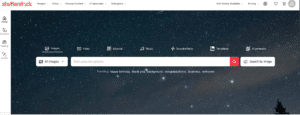
- The stock image market is worth $6.85 billion (as of 2023)
- On average, stock photographers earn about $.02 per image per month.
- The stock image platform was founded in 2003.
- 496 million photos (by the end of 2025, following the current trend, it should have 500 million)
- 3.6 million AI-generated photos
- The company employs around 1274 people
- Shutterstock has around 343,000 subscribers
- The platform has sold over 1 billion images, video clips and music track licenses
- Shutterstock has over 1 million contributors
- It has customers in over 150 countries
- Shutterstock’s site is available in over 21 languages
- 200,000 new images are added every day
- Shutterstock’s revenue in 2023 reached around $250.6m, with a net income of $17.6m and a profit margin of 7%
- Shutterstock ranks among the top 3 image providers
- The top 5 countries using Shutterstock are the United States, Germany, United Kingdom, France, and Australia
- Shutterstock’s audience is 52.71% male and 47.29% female; the largest group of customers are between 25-34 years old.
- Over time Shutterstock has acquired 9 companies (a total of $509 million)
- The platform offers over 43 million templates
Why are images so important for digital marketing?

Having the right pictures in your digital marketing shouldn’t be overlooked. Images are a great way to enhance message retention, drive emotional reactions from your audience and grab attention. We all know how short our attention spans are nowadays (thanks TikTok!), so having compelling visuals throughout your marketing content can be a game changer; they can increase engagement and ultimately lead to more conversions.
From a brand perspective having strong images that portray your brand message helps create brand awareness, showcase identity and boost brand trust. Accessibility is another reason why you should incorporate images in your marketing. By breaking up large chunks of text with images, you are making your content more accessible. This is important because the more people who read and digest your content, the more likely you are to achieve high engagement rates and conversions.
Images are also extremely important for website SEO purposes. As they enhance user experience and boost engagement, they can help improve visibility in the search engine results pages. Another way they help to boost rankings is by increasing the time spent on pages and reducing bounce rates. Images can be a key component in a successful SEO strategy.
That’s why you must use the ‘right’ images for your digital marketing. Shutterstock is a great way for marketers to search for and find a wide range of images. Let’s explore why Shutterstock is loved by its users.
Why do users love Shutterstock?
From a user perspective, Shutterstock has several benefits. It has a vast library of high-quality images, videos and music clips. The library covers a massive range of styles so users can likely find the type of content they want.
Shutterstock’s advanced search functionality makes it easy for users to filter through the library and find specific content. You can tailor your search to ensure that you see images/videos that appeal to your target audience.
The platform offers flexible payment plans for users so that you can access Shutterstock at a subscription level that suits you. The website breaks down all the different pricing structures; whether you want to use it for a one-time project or on a long-term basis, there are plenty of pricing options to pick from.

Another huge plus of Shutterstock is that all content on Shutterstock is licensed as royalty-free. This means that you can use the content from the library without worrying about copywriting issues.
Something I like about the Shutterstock platform is that the site is very easy to use and simple to navigate through. There are no added unnecessary complexities, making it easy and quick to download the content you want.
You can also access Shutterstock on your mobile. As most people use their mobile phones daily, it is important to make sure a site is accessible on mobile. Shutterstock allows users to search through the library whilst on the go!
From a contributor perspective, Shutterstock is beneficial because of its large customer base, earning system, copyright ownership, community and the variety of content allowed on the platform. Let’s go into these in more detail.
Why is Shutterstock beneficial for contributors?
A contributor is anyone who submits their work onto Shutterstock and earns money each time that piece of content is licensed. Below is a breakdown of what it means to be a Shutterstock contributor.
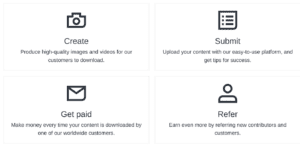
As there are over 300,000 active subscribers, there is a large network of customers to promote content too. Therefore, contributors have a high chance of having their content downloaded and making money.
Another plus for contributors is that Shutterstock makes it easy to submit content to the library. Therefore contributors should have little to no trouble getting started with Shutterstock.
Over the last 15 years, more than $1 billion has been paid out to contributors globally. This shows that contributors can and do make money from Shutterstock. There is a tiered earning system, so contributors can work their way through the earning system (based on download count) and increasingly earn more from their content.
As a variety of content is accepted by Shutterstock, so whether contributors are photographers, videographers or musicians wanting to promote music, Shutterstock is a platform they can use.
Another huge benefit of using Shutterstock as a contributor is that the platform provides contributors with the opportunity to connect with one another and access support.
Although there are several benefits, there are some cons of using Shutterstock too. Let’s break these down.
What are the cons of using Shutterstock?

Image quality is not always the most consistent on Shutterstock. This may be because of the large volume of content accepted onto the site, the quality of images can not always be checked. It is possible that lower-quality images could appear in Shutterstock results. It is important to make sure your assets are high-quality. Normally, there will be alternatives that you can then choose instead, but quality consistency is something Shutterstock could improve on.
As mentioned previously, Shutterstock does provide users with filtering options, so you can tailor your search and find specific images. This is great BUT the filtering system could be more advanced. In some cases, images that don’t perfectly match your requirements may appear in the results or users may find it tricky to narrow down the results to find the perfect picture.
Another con of the platform is that you can encounter repetitive stock images. This is understandable given the high number of submissions but as a user, it can be frustrating to find very similar images because it takes away the uniqueness of the image. Marketers strive for unique marketing campaigns, so making sure your imagery stands out is important.
As you can tell, Shutterstock has both pros and cons, so it’s important to weigh up these when deciding whether to start using the platform. Let’s take a look at Shutterstock’s competitors.
Who are Shutterstock’s competitors?
Shutterstock has plenty of competitors:
Of course, the list could go on. Below I have broken down the key similarities and differences between Shutterstock and some of its competitors.
Shutterstock vs Adobe Stock
- Although both platforms offer subscriptions and hold both image and video content, they have several differences. Shutterstock is a good platform for contributors who want to showcase their content to a wide audience. Adobe Stock is a good platform for those who already use Adobe products. This is because Adobe Stock integrates with Adobe Creative Cloud, which can save users time and enhance efficiency. Another huge benefit of Adobe is that it offers users a free trial. Therefore, users have 30 days to trail out the platform before making a purchase decision. Shutterstock does not offer this.
Shutterstock vs Depositphotos
- The main difference between Shutterstock and Depositphotos is that Depositphotos is less expensive than Shutterstock, so if you are on a restricted budget, it could potentially be a better option. Shutterstock has over 100 million more assets when compared to Depositphotos. Depositphotos is a good platform for those wanting images for blogs and social media. However, Shutterstock provides higher-quality photos that users may prefer, especially if using them for large commercial projects.
Shutterstock vs iStock
- iStock has a smaller library when compared to Shutterstock, which adds new assets weekly. However, iStock does offer users curated collections. iStock may offer less generic stock photos when compared to Shutterstock but Shutterstock has more high-quality images available to users. Pricing doesn’t really differ too much between the two but as you get more images for your money with Shutterstock, some may say that Shutterstock is better value for money. iStock’s biggest selling point is that it caters towards curated content.
Shutterstock vs Envato Elements
- Both platforms offer high-quality images but Envato Elements has more music, SFX, and templates than Shutterstock but also has media that Shutterstock doesn’t offer; themes, add-ons, 3D, different templates and fonts. Shutterstock offers an editorial and premium stock photo library – which includes photos from famous photographers.
Should you use Shutterstock?
When it comes to choosing the perfect platform for you, it ultimately depends on your budget and goals. Make sure you have a clear idea of what you want from a stock image platform and then review the platforms to find the one that aligns the best with your goals.
Before we finish this blog, it’s time for some bonus stats! AI-generated images are increasing in popularity, so you must understand a little bit about them.
Bonus stats: AI-generated images

AI-generated images have seen an increase in popularity in the last few years. With AI advancements changing the world as we know it, AI tools can now generate high-quality, tailored images in a matter of seconds. As AI tools continue to grow and develop, it will be interesting to see how this affects the stock image industry. Below are some key stats regarding AI-generated images that highlight the increase in these images.
- 34 million AI-generated images are made each day.
- Over 15 billion AI-generated images have been created since 2022. This is equivalent to the amount of time that it took photographers to create the same number of images since the first photograph was taken in 1826!
- 20% of Americans are using AI to generate images and videos.
- 38% of US marketers use AI to generate social media images and 36% use AI for web visuals.
Looking for support with your digital marketing?
Whether you need support with SEO, Social media, PPC, Digital PR or Website development, our team can help you achieve your goals. We are an award-winning team that consistently delivers top-quality results for our clients. Get in touch and let’s discuss the next steps.

